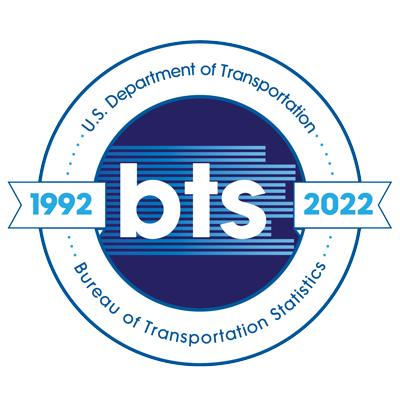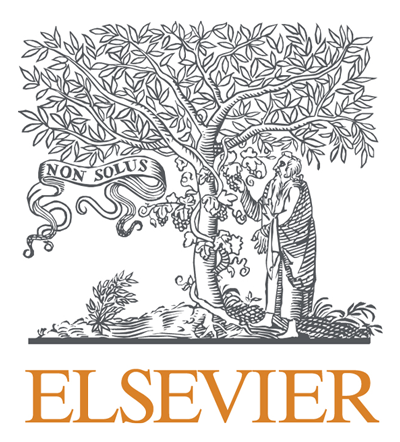Texas Heritage Sites’ Adjustments to the COVID-19 Pandemic
Topics:
Keywords: COVID-19, Pandemic, Heritage sites, Adjustment. Business practice
Abstract Type: Paper Abstract
Authors:
Salvesila Tamima, University of Delaware
,
,
,
,
,
,
,
,
,
Abstract
During the first year of the COVID-19 pandemic, Texas natural and cultural resource sites, which include parks, museums, historic sites, and other protected places, experienced many challenges as the pandemic affected their hours of operation, visitation, revenue, donations, and programmatic offerings. In response, many of these entities adjusted their business operation plans to ensure the health and safety of the public and workforce while also maintaining business practices. To understand these adjustments in business operations, this study extends the theoretical concept of human adjustment to floods established by Dr. Gilbert F. White (1942). Specifically, this mixed-methods study used an online survey and follow-up semi-structured phone interviews to identify the adjustment measures undertaken by natural and cultural heritage sites to maintain business operations while reducing the virus spread in addition to the factors affecting those adjustments and the new business opportunities that emerged from these adjustments. Findings indicate that fiscal and human health concerns served as underlying motivating factors for these entities to implement a range of observed adjustments. The most influential factors were staffing, volunteers, technology, funding, and donations. Despite the hardships created during the pandemic, new opportunities in business practices emerged while implementing these adjustments such as networking, maintenance, and virtual options. Across all heritage sites, adopting virtual programs was a key adjustment for remaining in operation during the pandemic. From these adjustments, this study provides recommendations for cultural and/or natural resource sites to implement measures to improve resilience for future extreme events.
Texas Heritage Sites’ Adjustments to the COVID-19 Pandemic
Category
Paper Abstract








